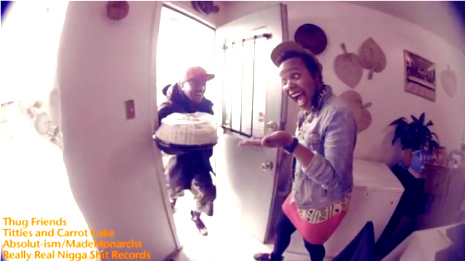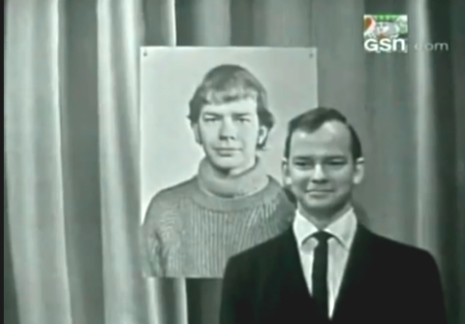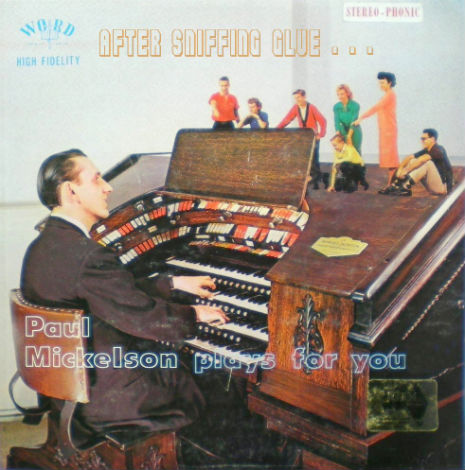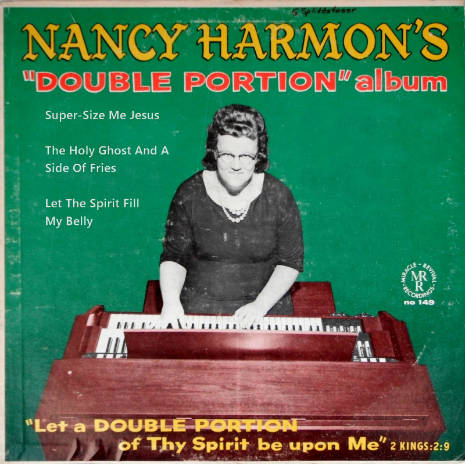
Fun, fun, fun cartoon music video of Richard Hell And The Voidoids “The Kid With The Replaceable Head.”
The version of “...Replaceable Head” used in the cartoon is the remixed and partially re-recorded version that appears on the Destiny Street Repaired album which was released in 2008, a reconstruction of 1982’s Destiny Street. The history of the record is an interesting one. In his review of Destiny Street Repaired, Bill Meyer gives us some insight to the album’s resurrection. Here’s an excerpt from Meyer’s article:
It took Hell five years to get around to recording a follow-up to Blank Generation. The Voidoids had been defunct for over a year and the man was soul sick, junk sick, and ready to give up the rock game. But he had some songs, a label ready to give him some money, a palpable need for that cash, and guitarist Robert Quine’s phone number, so in 1982 they pulled together a band — Hell on bass, Quine and the one-named Naux on guitars, Fred Maher on drums — to make one more record. Things went as planned for a week or two, but after cutting the backing tracks Hell lost his nerve and refused to come into the studio for a week and a half. According to Quine, he and Naux spent that time overdubbing every idea they’d ever wanted to try, which depending on your perspective turned the music into either “high-pitched sludge” (per Hell in the liner notes to the Spurts career retrospective) or the aforementioned glorious mess. After Hell finally dragged his sorry ass into the studio to finish the record, it sat in bad business limbo for another year before Line Records finally put it out.
Ever since then he’s expressed his disappointment with the result, and in 2008 Hell geared up to put it right by re-recording the vocals and lead guitars over rough mixes of the rhythm tracks.”
Hell brought in Bill Frisell, Ivan Julian and Marc Ribot to contribute to Destiny Street Repaired and the result was an album shocked like Dr. Frankenstein’s monster into new life. As Meyers puts it, the album is “more full and satisfyingly full-on.”
Despite the fact that overall there are fewer guitar tracks, the guitars are actually louder on Repaired than they are on the Line LP, and any record that showcases Ribot, Julian and Frisell in a rocking mood is nothing to ignore. The weirdly striated frequency spectrum of the original mastering job, which seemed as thin as mountain air in the higher frequencies, has been replaced by something much more full and satisfyingly full-on. And as a singer, Hell Mk 2008 manages to hit more of the notes with more force than his more desperate and debilitated self a quarter century earlier without going for any misguided notion of perfection.”
Bill Meyer’s entire review of Destiny Street Repaired can be read at Dusted.
Update 4/25: Meyer gives credit to German label Line Records for being the first label to release Destiny Street, which may be true for Germany but not the USA. In fact, it was released in the States on Marty Thau’s legendary Red Star records. In France, it was released by Celluloid. All in 1982. As to the source of the money for the making of the record, my bet is on Thau. I’ve e-mailed Marty and am waiting to hear back.
(Thanks, Mona).
Update 4/25: The always gracious Marty Thau responded to my questions regarding Destiny Street and its intriguing history:
Red Star financed the original version of Destiny Street and eventually licensed it to Line Records in Germany, who didn’t pay royalties until they were caught years later.
Not only did Red Star finance the original version of “DS” but it’s distributor, Jem Records, manufactured it for Red Star before anyone else in the world. History must not be rewritten no matter how bad the vibes might be.
Red Star’s version of “DS” was chosen as the #3 best record of the year by the NY Times in ‘82 by Robert Palmer. I believe that Richard’s new version of “DS” doesn’t improve upon the original, as much as he’d like to think it does.
Back in the day Richard was a useless drug addict who didn’t live up to his promise. He’ll admit to that.”
“The Kid With The Replaceable Head (2008)” is available as part of the Richard Hell retrospective cd and can be purchased here.
Here are both versions;
Personally, I prefer the sludgy, raw basement sound of the original recording. The re-recorded version is a little clean with a slick sheen and the poppy background vocals up in the mix work against the punk Voidoid vibe. But, either way, it’s a great song and Richard Hell is undoubtedly a legend not to be messed with…unless he doin’ the messin.


















